With respect to the topic below, I was trying to find where in the AVR documentation does it say the 8 MHz RC internal oscillator is "disabled" when CKSEL is selected to a different source? I am working with a Atmega328p.
Specifically, if CKSEL only changes the MUX input (figure 6 of atmega328 datashset), but the 8 MHz interncal oscillator is still going (just not being used) then any AVR chip in that family is not exempt under the FCC part 15 exception h. (for digital devices with clocks that produce/use frequency under 1.705 MHz powered by a battery.)
